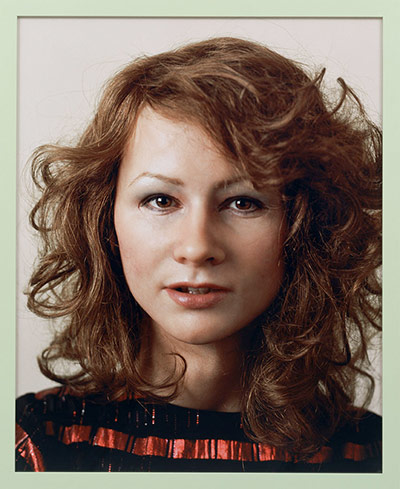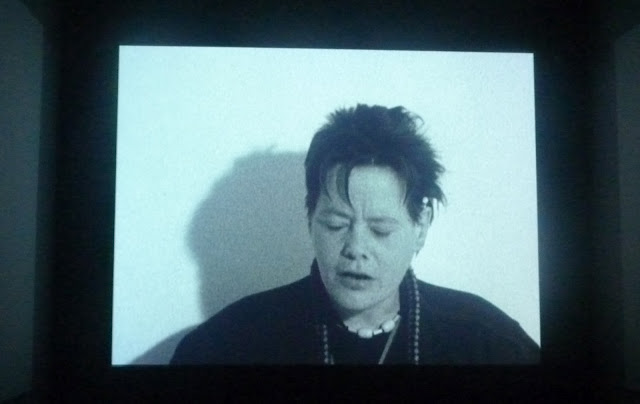I was late for the reading group meeting, but when I saw the rose by our front door still wet from the first rain in two weeks, I had to dash in and get my camera....
Thursday 31 May 2012
After the rain
I was late for the reading group meeting, but when I saw the rose by our front door still wet from the first rain in two weeks, I had to dash in and get my camera....
Wednesday 30 May 2012
An English Summer
We went to the opening on Sunday, and as usual, some very interesting exhibits.
Christine Gray (unglazed and polished porcelain)
Green Lidded 'Curling' Piece, Tim Andrews
Tall Striped Form, Tim Andrews
Baby Red Lidded Pot, Tim Andrews
Large Striped 'Humbug', Tim Andrews
Large Teardrop Form, Tim Andrews
Green Crackle Form, Tim Andrews
Medium Round Scorched Earth Vessel, Barbara Farris
Michael Praed
Moebius III, Unique Sycamore, Richard Fox
Energised Water, (porcelain), Jenny Beavan
Egg Shell Blue Vessels, James Oughtibridge
Set of 4 Tube Pots, Blue Vertical Stripes, Nicola Richards
Walkover, (Bronze on Ancaster), Alison Bell
Echo, Alison Bell
Thames Oak Scorched 1, Fred Gatley
John Ward
John Ward
John Ward.
Monday 28 May 2012
Gillian Wearing
Gillian Wearing, at Whitechapel Gallery.
Gillian Wearing's main interest lies in the way individuals present themselves to others. She is interested in the space between the private and public, in the difference between fiction and reality and the relationship betweeen the artist and viewer.
She has been influenced by the work of sociologist Erving Goffman, The Presentation of Self in Everyday Life, in which he details the ways that we have 'frontstage and backstage personalities', that we perform all the time, and that when we are behind closed doors we go into a bit 'of a slump'. She has been a devotee of reality television since pioneering 60s documentaries (56up is on our T.V. screens at the moment) as well as Celebrity Big Brother and the rest.
She was among the first to anticipate and dramatise the implications of the loss of the sanctity of public space, of the idea that what you might want to say to your best friend is not appropriate or desirable for strangers to hear. The boundaries between public and private space have been irretrievably blurred. "Facebook and Twitter are there for similar reasons", she says, "because people want to have their voices heard beyond friends and family".
Seeing the exhibition last Thursday was very apt as I am reading 'Look at Me' by Jennifer Egan at the moment, where the themes of identity, how individuals present themselves to others and the difference between what we see and what lies beneath, are explored. The need to be famous, to have one's life exposed for all to see is another theme of the novel and has clear similarities to the work of Wearing.
A series of darkened rooms are installed in Gallery 1, where videos and films with staging techniques borrowed form TV and film, are shown.
Here Wearing asked a participant to direct a scene that was relevant to him.
A woman that Wearing wanted to interview but who died in the interim - the film is accompanied by the voice of her twin sister.
Some of the scenes in those films were almost too painful to watch, particularly the one of a mother and daughter where abuse was being re-enacted.
"I'm always trying to find ways to discover things about people and in the process discover more things about myself".
Self-Portrait
Self-Portraits as....
In recent years, inspired by old photos of her family she has set out to recreate them through impersonation, wigs, costumes and sculptural masks. Here she seems to be questioning our very identity - are we nothing more than our past, our parents and our dreams?
Contact sheet from shoot of Self Portrait as my sister Jane Wearing
She achieved this recreation of her family by meticulously creating silicone sculpted masks and prosthetics of her subjects' features, allowing her to inhabit the likeness of her family members in a performative and physical way - looking at the masks we create for ourselves we can reveal the secrets of our true identity.
Sculpture of the artist's sister's face as Self-Portrait as my Sister Jane Wearing

Self-Portrait as my Sister Jane Wearing, 2003
Self-Portrait as my Brother Richard Wearing, 2003
Self-Portrait, aged 17, 2003
Self-Portrait of Me Now with Mask
A group of complementary images show her spiritual family: artists who, like herself, were interested in notions of identity and staging, such as Diane Arbus, Andy Warhol, Robert Mapplethorpe.
Me as Diane Arbus
Me as Warhol in Drag with Scar, 2010
Signs that say what you want to them to say, and not signs that say what someone else wants you to say.
This is to date her most famous work and one that has been extensively copied: she approached people at random on London streets and asked them to write down on a piece of card what was on their minds. The images are very revealing, giving viewers an instant snapshot of worlds of interiors.
"When I did them it was a million miles away from where we are now. In 1992, we were still being given this line that British people are reserved and don't like to express what they are feeling".
2 into 1 (1997)
In this video a mother and her twin sons describe each other's character traits - she put the boys' words into the mother's mouth and vice versa, exposing the often confusing simultaneity of love and cruelty that characterise family relations, that people are aware of, but hardly ever talk about in public.
Friday 25 May 2012
Edmund de Waal
Edmund de Waal in Leamington Art Gallery.
It was such an unexpected, pleasant surprise the other day when I visited Leamington Art Gallery and saw that they had one of Edmund de Waal's installations as part of their permanent exhibition.
De Waal exhibited in Leamington in 2010 and this was one of the pieces on display.
This is what the catalogue of the exhibition Water-shed said about this particular installation:
"The installation, a small cabinet filled with dark celadon blue pots, has two points of departure: reimagining an old-fashioned doctor's carrying case and investigating how vessels have been used to hold water.
The cabinet can be opened and closed, revealing an array of small containers. The individual water-pots have different coloured glazes with finishing touches of platinum leaf. De Waal has created new aquatic celadon glazes for this piece. They are designed to catch the light and include some of the darkest colours he has used to date".
It was such an unexpected, pleasant surprise the other day when I visited Leamington Art Gallery and saw that they had one of Edmund de Waal's installations as part of their permanent exhibition.
De Waal exhibited in Leamington in 2010 and this was one of the pieces on display.
This is what the catalogue of the exhibition Water-shed said about this particular installation:
"The installation, a small cabinet filled with dark celadon blue pots, has two points of departure: reimagining an old-fashioned doctor's carrying case and investigating how vessels have been used to hold water.
The cabinet can be opened and closed, revealing an array of small containers. The individual water-pots have different coloured glazes with finishing touches of platinum leaf. De Waal has created new aquatic celadon glazes for this piece. They are designed to catch the light and include some of the darkest colours he has used to date".
Thursday 24 May 2012
Renoir, Impressionism and Full-Length Painting
Pierre-Auguste Renoir in the East Room, the Frick Collection.
The Umbrellas, 1881-85
A bustling Paris street in the rain. The composition of the painting does not focus on the centre of the picture - it even cuts off figures at either edge like a photographic snapshot - an unconventional arrangement that several of the impressionists experimented with.
Dance at Bougival, 1883An ardent man wearing a straw hat and workman blue wirls a young woman in red bonnet and a swirl of white petticoat. The woman is Suzanne Valadon, model and artist. The floor is littered with cigarette butts, burnt matches, a fallen posy - all this detritus makes a sexy picture sexier.
Dance in the City, 1883
Suzanne Valadon again. Her partner was modelled on Paul Lhote, a journalist.
Dance in the Country, 1883
This was painted as a companion to Dancing in the City.
La Parisienne, 1874
This picture shocked Paris when it was first unveiled. It is a picture without a context, without exterior definitions of who this woman is - she is delineated purely by her face and clothes. She is disconnected from the contexts in which women had always been portrayed and has walked into abstract space.
Renoir called this picture La Parisienne implying that this woman is typical, that she represents a new kind of urban woman. She is wearing vibrant blue, very remote from the greys and blacks of respectability. Her hair is loose, she looks at us confidently, a woman going out into the world. Renoir may have been influenced by Berthe Morisot here, who also painted women in the free spaces of the city.
(We were not allowed to photograph, so with the exception of the first one, the rest have been downloaded).
Subscribe to:
Posts (Atom)
















































